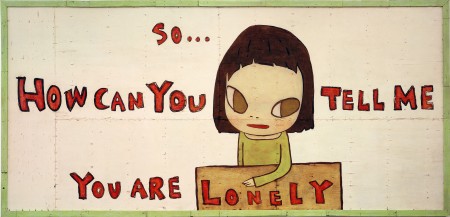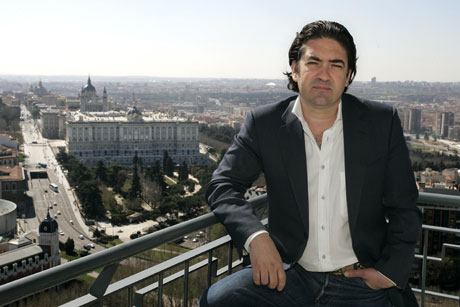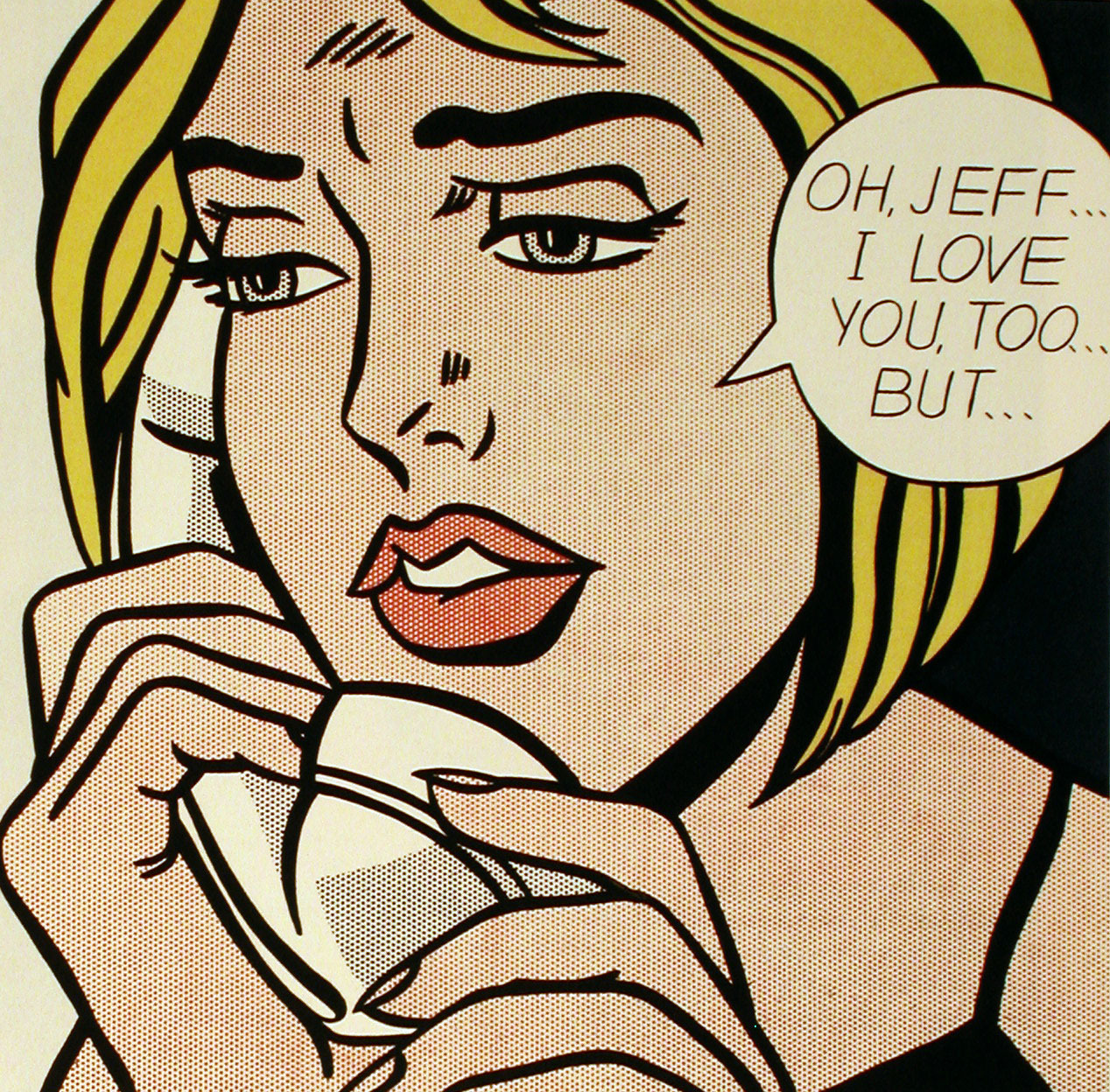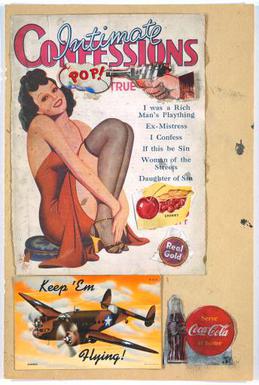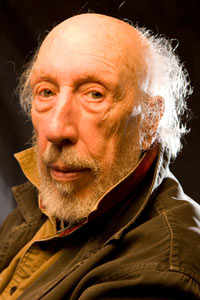There are a lot of different exhibitions all over the world today. They are the most visited, than others. Also, works from exhibitions of bottoms of an art are bought for very high cost since people are interested in these works for today most of all.
Exhibitions of week: Roy Likhtenshteyna's pop art, Johnathan Meze's New Wave and other exhibitions of week.
Johnathan Meze in gallery Red October
21 February -10 April
The German artist Johnathan Meze is known as the gloomy merry fellow, a performansist and the admirer of a New Wave of the 1980th which he will reanimate all known and available methods of the modern art. It wrapped up Red October gallery a film through which the skeletons menacing to an inscription, symbols and other attributes of the gloomy world of the artist are looked through.
Mikhail Rozanov in MAMM
On February 21 — on March 17
From all subjects from an arsenal of photographer Mizkhail Rozanova — water, fruit, flowers, buildings — the most sensual and meditative turns out architecture. It will be possible to be convinced of it in "Multimedia Arth Muzee".
MIKHAIL TOLMACHYOV IN GALLERY 21
On February 23 — on March 21
MQ-9 flies against an inconspicuous landscape. It is unlikely something will confuse the modern person in such picture. But only not Mikhail Tolmachyov. Sorting topography of places and earth zones which supervise UAVs, the artist hints at the whole network of the hidden military bases scattered on the world, baring thereby danger of this quiet field and illusiveness of human tranquillity.
Roy Likhtenshteyn in Tate Gallery the Modernist style
On February 21 — on May 27
On Roy Likhtenshteyna's exhibition in the London Tate Modern should go fans of pop art, comics, fonts, cliches, surrealism, futurism, an expressionism — in general, all. The huge retrospective of the American artist is arranged in such a way that parallels between likhtenshteynovsky pop art and other art directions of the XX century become obvious.


















.jpg)

